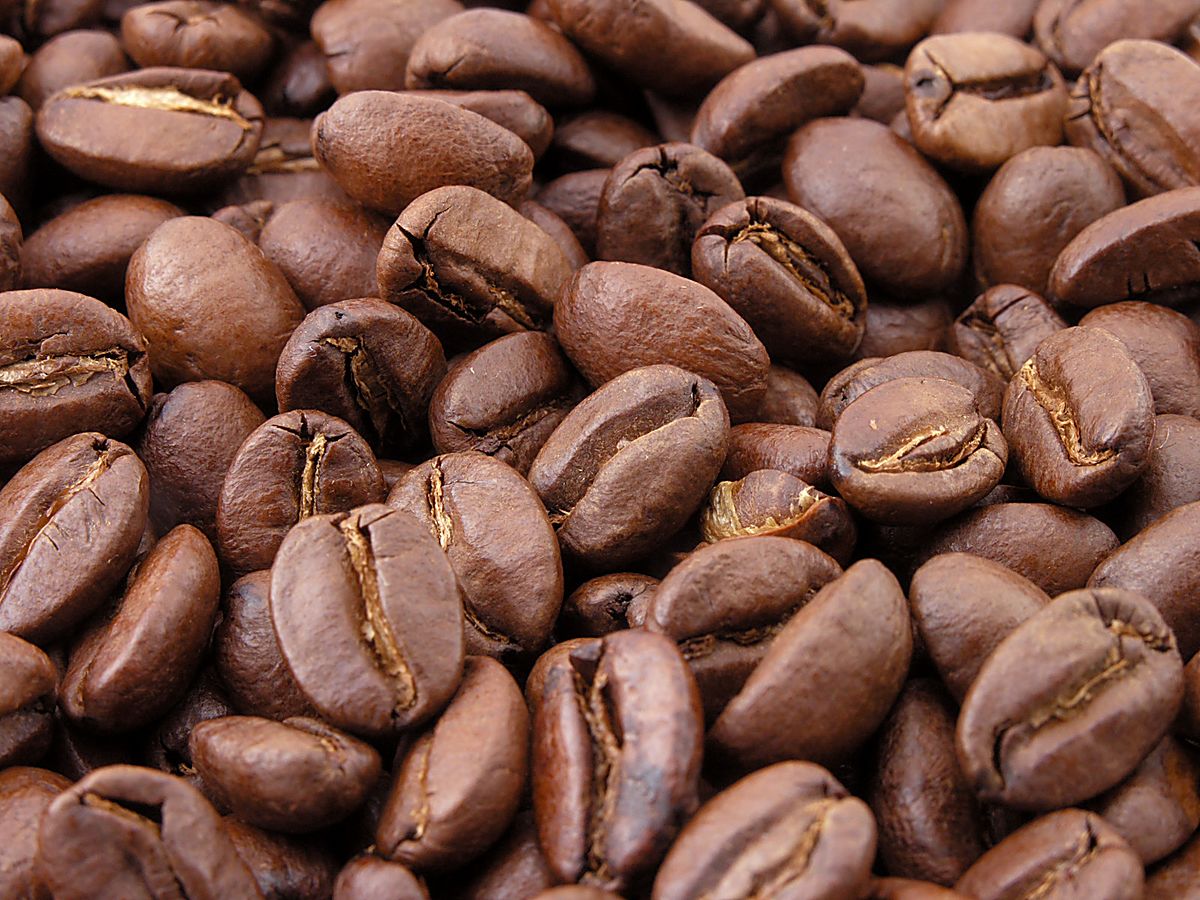Unless you’ve been living under a rock, you are likely mindful of the effects of single-use plastics on our oceans, bringing us to the age of KeepCups, metal straws, and funky Chilly flasks. However, it seems that the disposable cup is not the only part of your coffee habit that’s harming marine life. Due to rising global consumption, caffeine has become an indicator of human pollution. It is considered one of the most dominant pharmaceutically active pollutants in the environment and extensive research is showing its detrimental effects on marine life.
For once “big pharma” and oil corporations are not to blame. The presence of caffeine in environmental waters is generally attributed to discharges of domestic wastewater; specifically sewage, as we excrete up to 10% of the caffeine we consume. Whilst levels of consumption vary globally, the predominant source is coffee. In Europe (the world’s greatest caffeine consumers per capita), only 8% of consumption comes from energy drinks, leaving the blame to fall on coffee drinkers.
However, some good news is that most caffeine pollution is likely to come from the unnecessary disposal of unconsumed caffeine, like pouring that cold cup of coffee down the sink.
So, what kind of effect does this caffeine have on marine life? Multiple studies have been conducted on bivalves (a family which includes clams and mussels) and have shown that caffeine causes them great stress. One study with Mediterranean Mussels found that caffeine concentrations of only 0.00005mg/L lead to changes in their immune function and oxidative stress.
Oxidative stress occurs when there is an imbalance of good antioxidants and damaging free radicals, leading to cell and tissue damage. These effects lead to significant health problems, which increased in severity with increasing caffeine concentrations. Many experts have flagged concerns and called for more extensive research.
“The removal of plastics from our oceans involves two mammoth tasks: removing it, and finding alternatives for all the plastic items.”
Whilst one may argue that this problem is no different to that caused by single use plastic, that is not the case. The removal of plastics from our oceans involves two mammoth tasks: removing it, and finding alternatives for all the plastic items we’ve become dependent on. However, the good news is that caffeine has a half-life of between 100-240 days under different environmental conditions, meaning the issue can be resolved by correctly treating our wastewater, which would also bring countless other benefits from decreased nutrient and bacterial levels.
Caffeine has a good removal efficiency of up to 99.5% during secondary wastewater treatment, which brings us to ask: why is it ending up in the ocean around the world? To put it simply: the main cause is poor wastewater treatment. For example, caffeine levels in the rivers of the Leopoldina Basin, Brazil were found to be 1.60-3.57mg/L, in an area occupied by over 1 million people, where a large portion of untreated domestic waste is discharged into waterways. This amount of caffeine is massively over the amount which is found to have detrimental effects in mussels. The same study emphasised that simple sand filtration and chlorination does not remove compounds like caffeine, so secondary biological treatment is essential.
There is minimal data available regarding caffeine concentrations in Irish waterways, highlighting the need for increased surveillance. However, a study conducted by Francis J. Roden (M.Sc) at DCU in 2007 found that caffeine concentrations varied from as low as 30.5ng/L to as high as 428.2 ng/L in seawater at 15 different locations along Dublin Bay.
“So as students, we can listen to the science, make sure it’s heard, and begin with not pouring our coffee down the sink.”
The high sample concentrations reported were attributed to their proximity to the Ringsend Wastewater Treatment plant. The EPA reports that as of November 2020, only 44% of waste from Ireland’s large urban areas were treated at plants which complied with EU standards. Whilst the microorganisms involved in untreated sewage lead to a whole host of other issues, there is also no barrier to protect our marine life from the rise of coffee culture in Ireland. Ireland has been facing EU action since 2017, showing it has clearly not provided a strong enough incentive to improve the failing infrastructure.
There are no international caffeine level standards to date, with no reference levels in terms of what’s safe for marine life. Even the effect of caffeine in drinking water is relatively unknown. Nevertheless, this can be changed through the implementation of an ecopharmacovigilance program. These kinds of programs would monitor caffeine levels in the environment and take steps to minimise its environmental load. Recent developments have led to a selection of promising technologies which increase efficacy in the removal of pharmaceutically active compounds like caffeine from our wastewater. Upgrades of wastewater treatment plants along with these improved technologies are seriously needed both around the globe and in Ireland. The current pandemic has side-lined many discoveries at a time when we cannot afford to ignore them. So as students, we can listen to the science, make sure it’s heard, and begin with not pouring our coffee down the sink.






